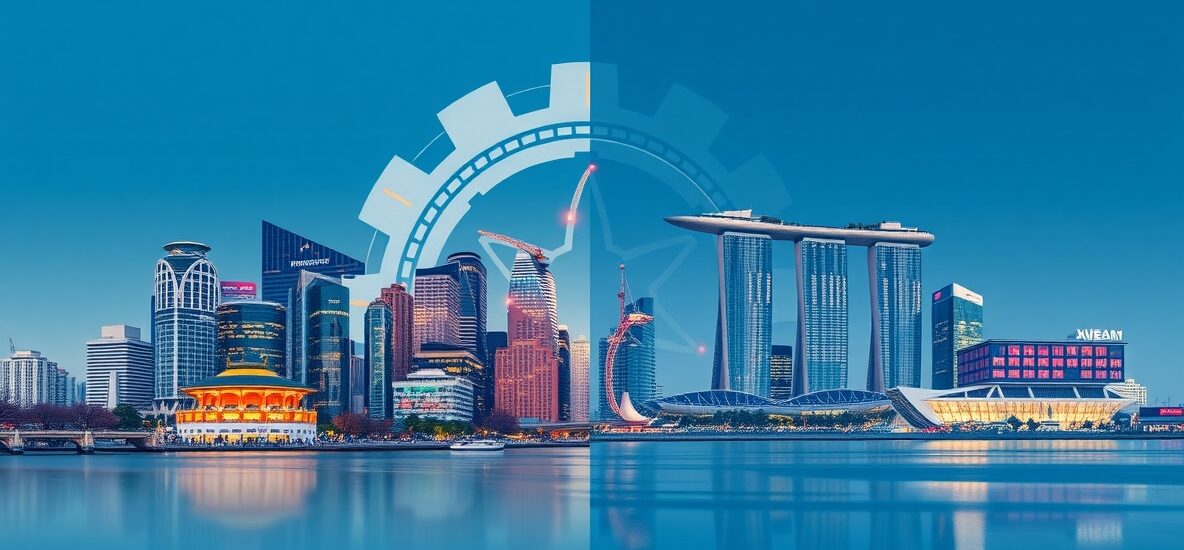From the neon-lit streets of Seoul to the boardrooms of Singapore, a transformation is echoing across Asia—a shift powered by AI Content Generation. Once, Asia’s voices were fragmented by linguistic and cultural boundaries. Today, artificial intelligence is weaving those fragments into a collective narrative. This isn’t just about technology; it’s about identity, communication, and the way nations express themselves on a global stage.
AI is no longer a futuristic experiment—it’s the megaphone of Asia’s digital voice. For businesses, policymakers, and creators, tools like AI Marketing and generative AI models are shaping how stories are told, products are sold, and communities are reached. And as industry leaders like iSmart Communications Services push boundaries in cross-border connectivity, the synergy between technology and communication is stronger than ever.
What unites Seoul and Singapore is not only technological ambition but also a vision: to create AI that doesn’t erase differences but amplifies them. The rise of localized language models, ethical AI frameworks, and innovation labs is crafting a new narrative—one where Asia speaks in harmony without losing its individuality.
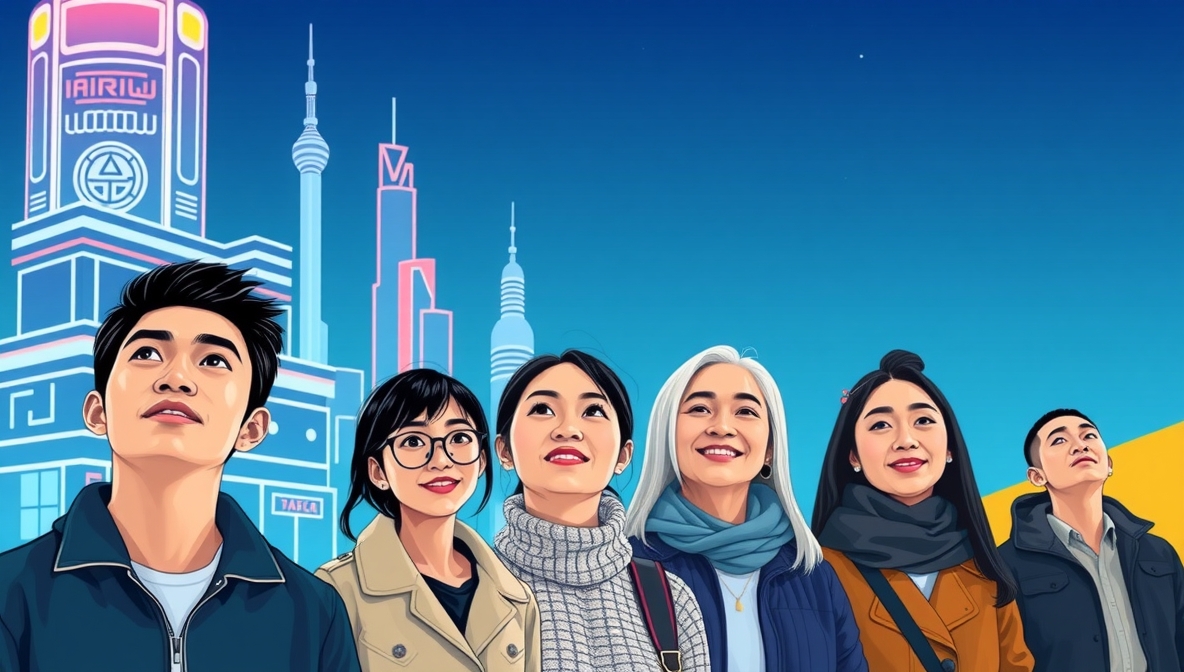
Asia’s AI Boom: A Region Racing Forward
Asia-Pacific is not quietly entering the AI race—it is sprinting. The region’s AI Content Generation market is expanding at over 30% CAGR, with text, video, and marketing automation at the forefront. Countries like South Korea, India, and Singapore are embracing AI not just as a tool but as an economic engine. Nearly 80% of APAC marketers now lean on AI Marketing for personalization, and over 70% of sales teams report AI outperforming traditional methods.
This boom is fueled by government incentives, strategic partnerships, and an ecosystem hungry for innovation. AI is no longer confined to labs—it’s embedded in commerce, culture, and conversation. Companies like iSmart Communications Services are leveraging these shifts to redefine engagement strategies for businesses, ensuring that whether a message is crafted in Seoul or translated for Singapore, it resonates with equal power.
The pace is relentless, but so is the ambition. Asia is proving that AI is not just about technological adoption—it’s about ownership of the digital narrative.
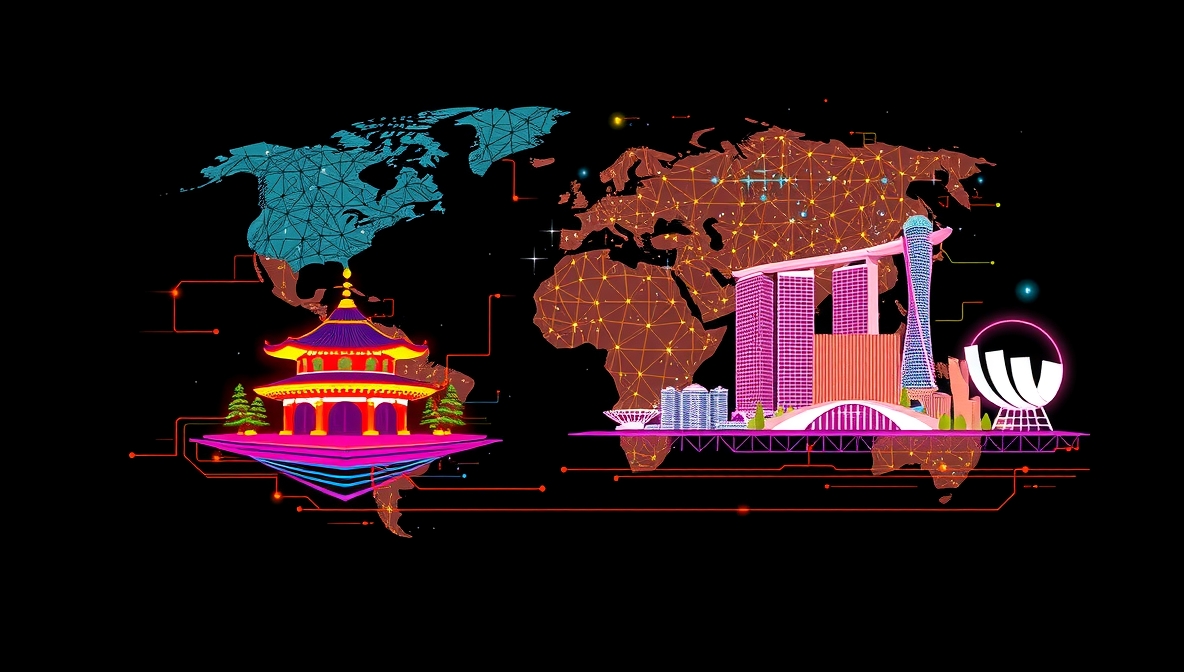
Seoul to Singapore: The New AI Powerhouses
Seoul and Singapore stand as twin beacons of Asia’s AI revolution. In Seoul, the AI Seoul Summit underscored the importance of safe and inclusive AI frameworks. South Korea isn’t just building tools—it’s shaping policies that anchor trust and governance. The Seoul Declaration highlighted the need for AI that balances innovation with responsibility, ensuring that regional collaboration strengthens shared goals.
Singapore, meanwhile, has become Southeast Asia’s innovation hub. With initiatives like the ASEAN AI Innovation Lab, launched in 2025, the city-state is fostering enterprise-grade, responsible AI for businesses across the region. Here, AI is not a silo—it’s a bridge for commerce, governance, and creativity.
For companies like iSmart Communications Services, this is fertile ground. By aligning with innovation in Singapore and policy shifts in Seoul, they’re able to deliver AI Marketing and communication strategies that are both cutting-edge and compliant with evolving global standards. The synergy between these two powerhouses is less about rivalry and more about orchestration—together, they’re setting the tempo for Asia’s digital voice.
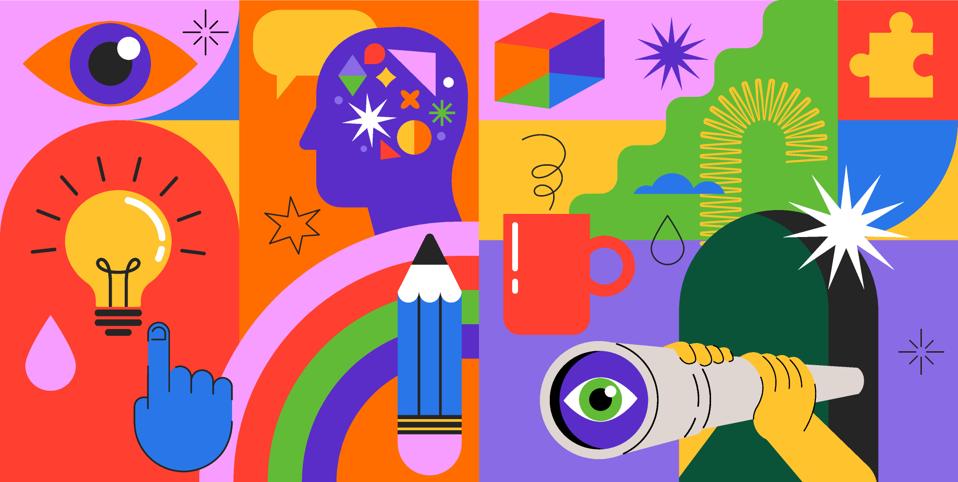
Language as the Great Equalizer: AI’s Role
In Asia, language diversity is both a strength and a challenge. From Korean to Tagalog, from Hindi to Thai, millions of voices risk being left out of the digital economy without inclusive models. This is where AI Content Generation is quietly rewriting the rules.
Localized Large Language Models like SEA-LION, SeaLLM, and BharatGen are being designed to capture regional languages with nuance. These aren’t just translation tools; they are cultural custodians. By embedding local context into generative models, AI ensures that communication is authentic rather than mechanical.
Here, iSmart Communications Services plays a strategic role. By integrating these advancements into their AI Marketing solutions, they enable businesses to communicate effectively across linguistic borders. Whether it’s a startup in Vietnam targeting Korean customers or an Indian government body addressing multilingual citizens, AI is breaking down walls once thought immovable.
In Asia, language has always been identity. Now, with AI, it’s becoming connectivity.

AI for the People: Democratising Communication
The true promise of AI isn’t just in boardrooms—it’s in everyday lives. India’s Kalaa Setu project is a striking example. By inviting startups to create multilingual multimedia content—from text-to-video and graphics to audio—AI is giving millions of citizens access to government services and information in their own languages.
This democratization is pivotal. For too long, communication has favored those fluent in dominant languages. AI Content Generation is shifting that power dynamic, ensuring inclusivity in everything from civic engagement to business campaigns.
For organizations like iSmart Communications Services, this is more than an opportunity; it’s a responsibility. By embedding accessibility into AI Marketing strategies, they ensure that no voice is silenced in the digital conversation. Businesses leveraging these tools are not just reaching audiences—they’re empowering them.
In the end, AI isn’t just about scale. It’s about access. And in Asia, access is everything.
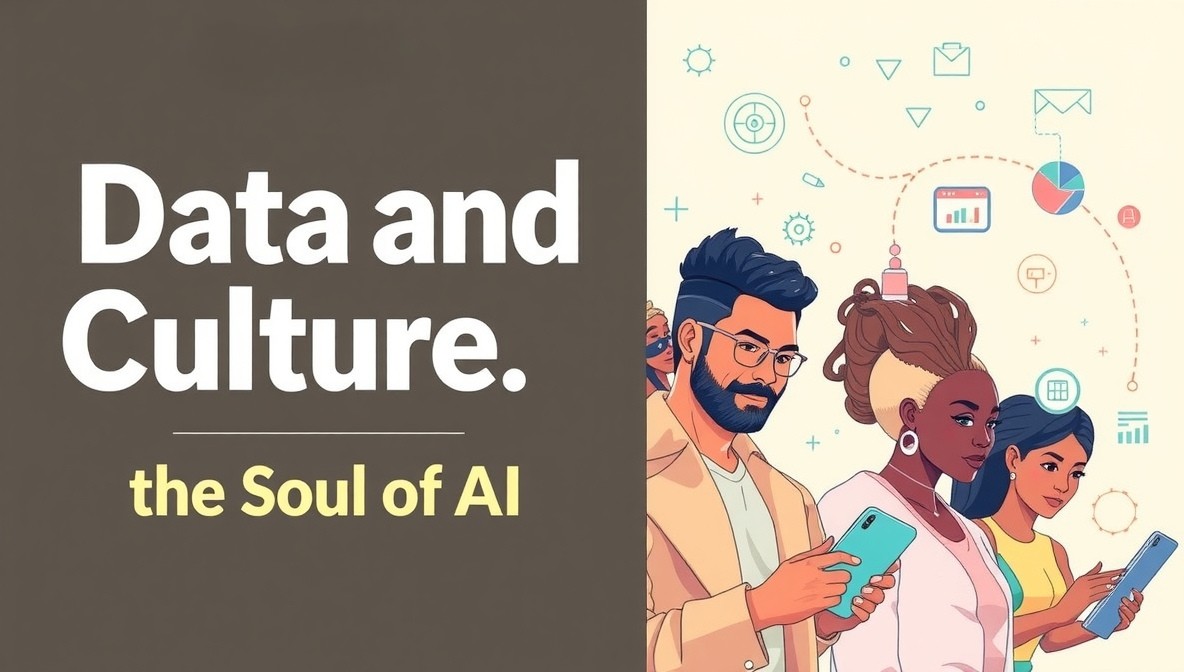
Data and Culture: The Soul of AI
AI without data is a hollow machine. But AI without cultural context is dangerous. Recognizing this, projects like SEACrowd and SEA-VL are building multilingual, multimodal datasets that reflect Southeast Asia’s cultural and linguistic richness. These efforts aren’t just about training machines—they’re about preserving identity.
Data is political. It decides who gets represented and who is ignored. That’s why initiatives focused on inclusive datasets are critical. They ensure AI Content Generation doesn’t simply reflect Western-centric narratives but instead amplifies Asia’s diverse voices.
iSmart Communications Services is uniquely positioned here, blending data-driven insights with culturally aware AI Marketing. By aligning algorithms with cultural resonance, businesses can communicate more authentically, building not just engagement but trust.
Because in AI, the soul lies in the data. And the data must tell the full story of Asia.

Responsible AI: Walking the Tightrope
The promise of AI comes with risks. Bias, misinformation, and intellectual property theft are not hypotheticals—they’re realities. China’s early regulatory framework for generative AI, and Korea’s push for inclusive AI governance, are signals that the region understands the stakes.
Responsible AI Content Generation isn’t optional—it’s survival. Companies that ignore ethics may innovate faster, but they won’t last longer. Trust is the new currency, and only those who build with transparency will thrive.
Here again, companies like iSmart Communications Services are setting standards. By embedding responsible practices into AI Marketing strategies, they ensure their clients not only succeed but also remain resilient in the face of regulatory scrutiny and consumer skepticism.
The future belongs to those who innovate responsibly. And in Asia, the balance between ambition and accountability is being written in real time.
Conclusion: Asia’s Unified Digital Future
From Seoul’s governance frameworks to Singapore’s AI labs, from India’s multilingual initiatives to Southeast Asia’s cultural datasets, one truth is clear: AI is unifying Asia’s voice. Not by erasing differences, but by weaving them into a digital chorus that the world cannot ignore.
The journey is just beginning. With companies like iSmart Communications Services leading the charge in AI Marketing and AI Content Generation, Asia is not merely catching up—it’s setting the pace.
The future of communication is intelligent, inclusive, and interconnected. And Asia is proving that when technology meets culture, the result is not just progress—it’s power.

